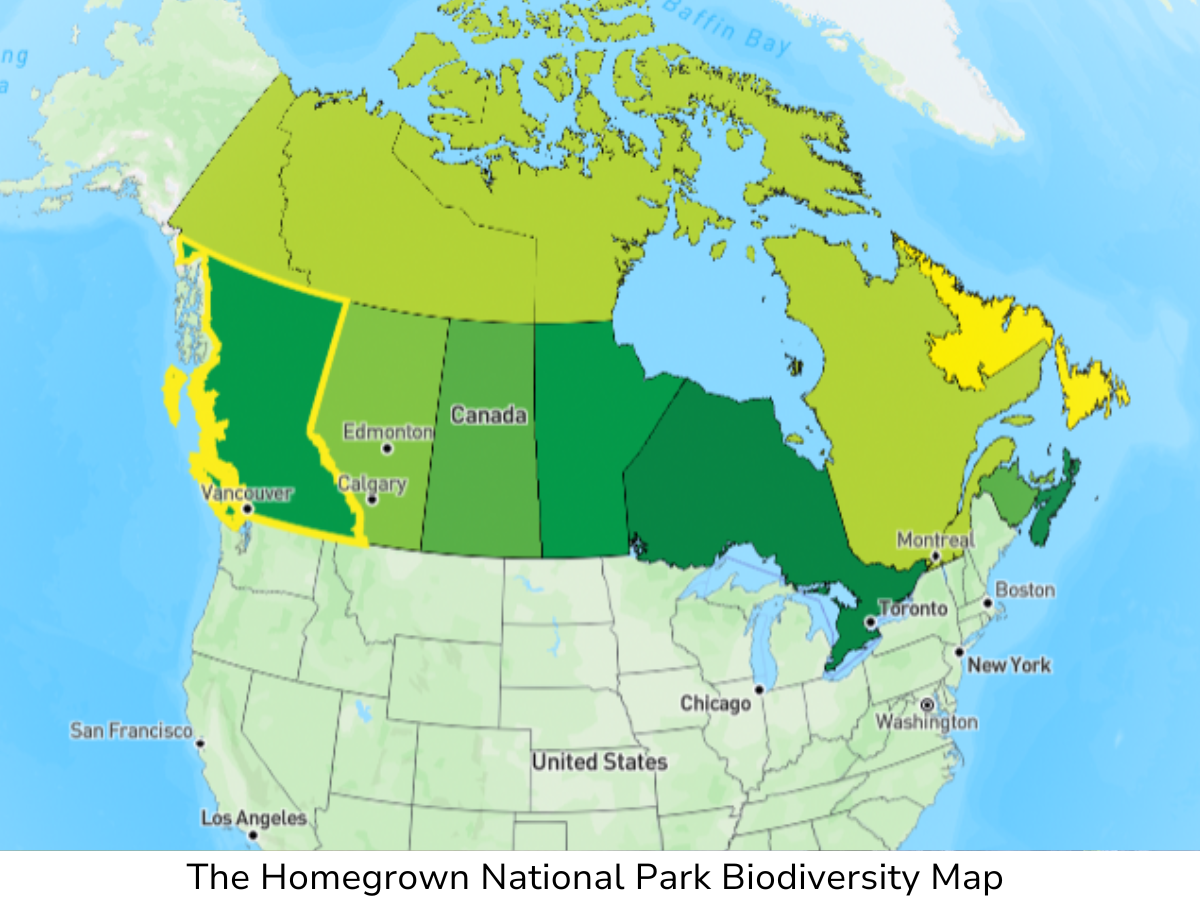Now that spring is finally conquering the winter weather, the amphibians in the Fraser Valley are rousing from their winter habitat and making their way to their breeding sites. You might have heard male chorus frogs calling at night recently? Even though they are one of our smallest frogs, they have big voices especially when they congregate at breeding time (hence the name). They are the most noticeable frog calling at this time of year and a sure sign spring is on its way!
This means the frogs and toads are on the move – watch for them crossing the roads on rainy nights!

Red legged frog on the right and tiny Chorus frog on the left
Have you ever wondered why the frog crossed the road?
As far as amphibians (frogs, toads and salamanders) are concerned, this is the most important event of the year, and they are all making their way from where they spent their winters, to a pond, marsh, wetland, ditch or even abandoned swimming pools to breed and lay eggs. In our region, this often means that amphibians will have to cross at least one or two roads on their quest to find a mate. Unfortunately, road mortality is a significant threat to our native amphibians and this is particularly concerning given that quite a few of our local amphibians are of conservation concern, largely due to their shrinking habitat.
Since spring is late this year, warmer wetter nights will most likely mean a spike in their migration over the next couple of weeks. Please slow down and be on the lookout for amphibians while driving on wet nights.
If you are out during the day, keep an eye out for freshly laid egg masses in bodies of water. We have just completed a handy Aquatic Amphibian Egg Masses in the Fraser Valley ID sheet that can help you figure out who laid the eggs. There is also the corresponding Frogs and Toad of the Fraser Valley ID sheet if you want more details on the adults.


